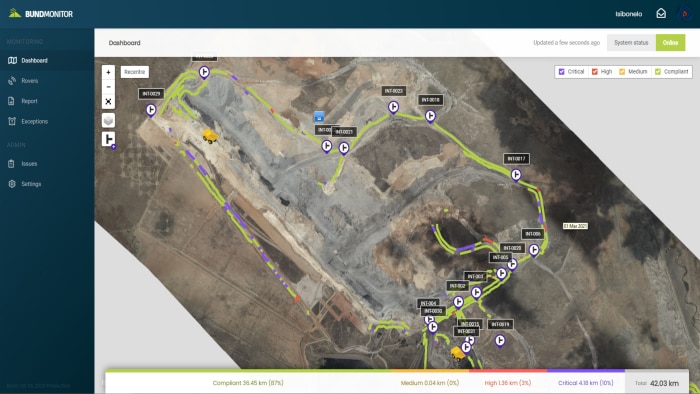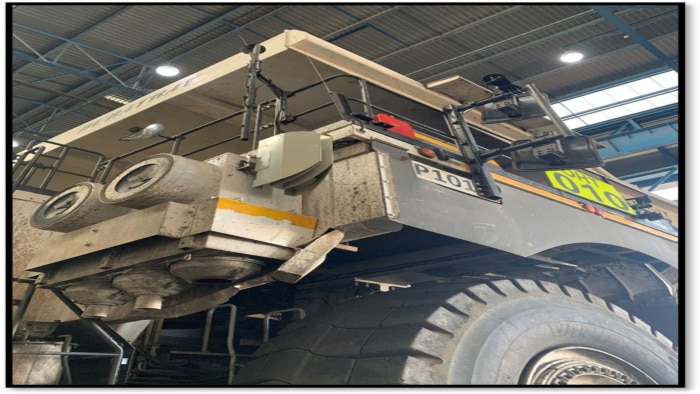SICK South Africa Product Manager Frederick Langenhoven ponders the possibility of taking bunt monitoring solutions to the next level, and help facilitate increased production on mine sites.
Scanning solutions that aid in ensuring mine-site bund integrity and compliance are being used more and more often. Initially developed for one of the world’s larger mining houses for an Australian operation, bund monitoring hard- and software was launched in that country during 2019. The ability to acquire real-time data on bund integrity, their weakness or failure, has seen those operations decrease bund-related incidents and accidents. It goes without saying that there is a significant cost saving due to fewer accident-related expenses and less vehicle downtime. Our solution for tracking any bund wall integrity changes is a truck-mounted, perception-based, real-time scanning solution. Easy to integrate into the vehicle’s controls, it consists of an onboard embedded processing system, a global navigation satellite system (GNSS) localisation and the AOS LiDAR scanner. This combination provides reliable long-distance detection in all environmental conditions.




